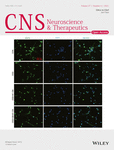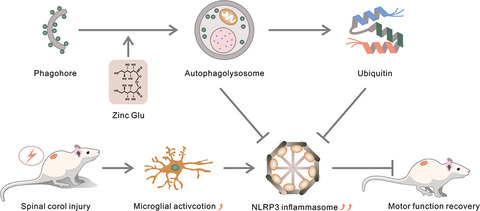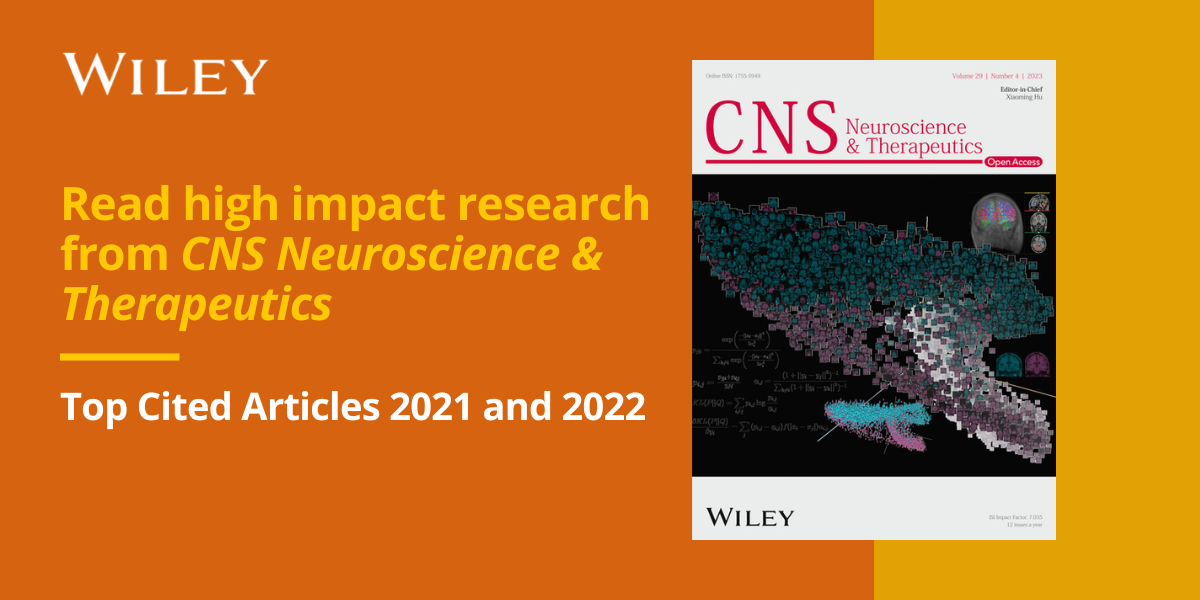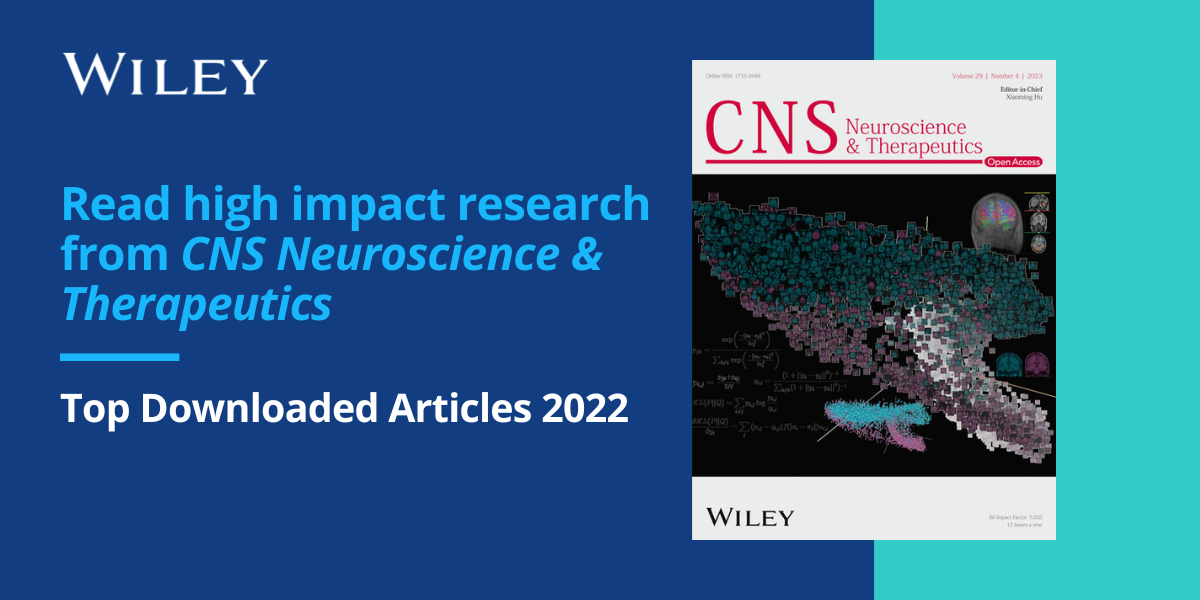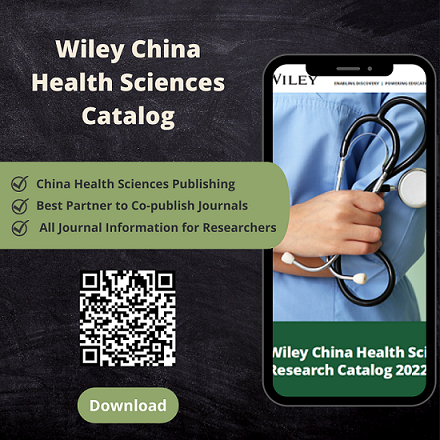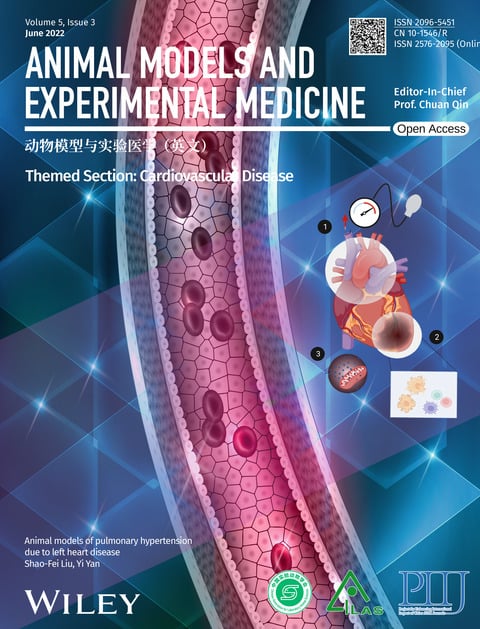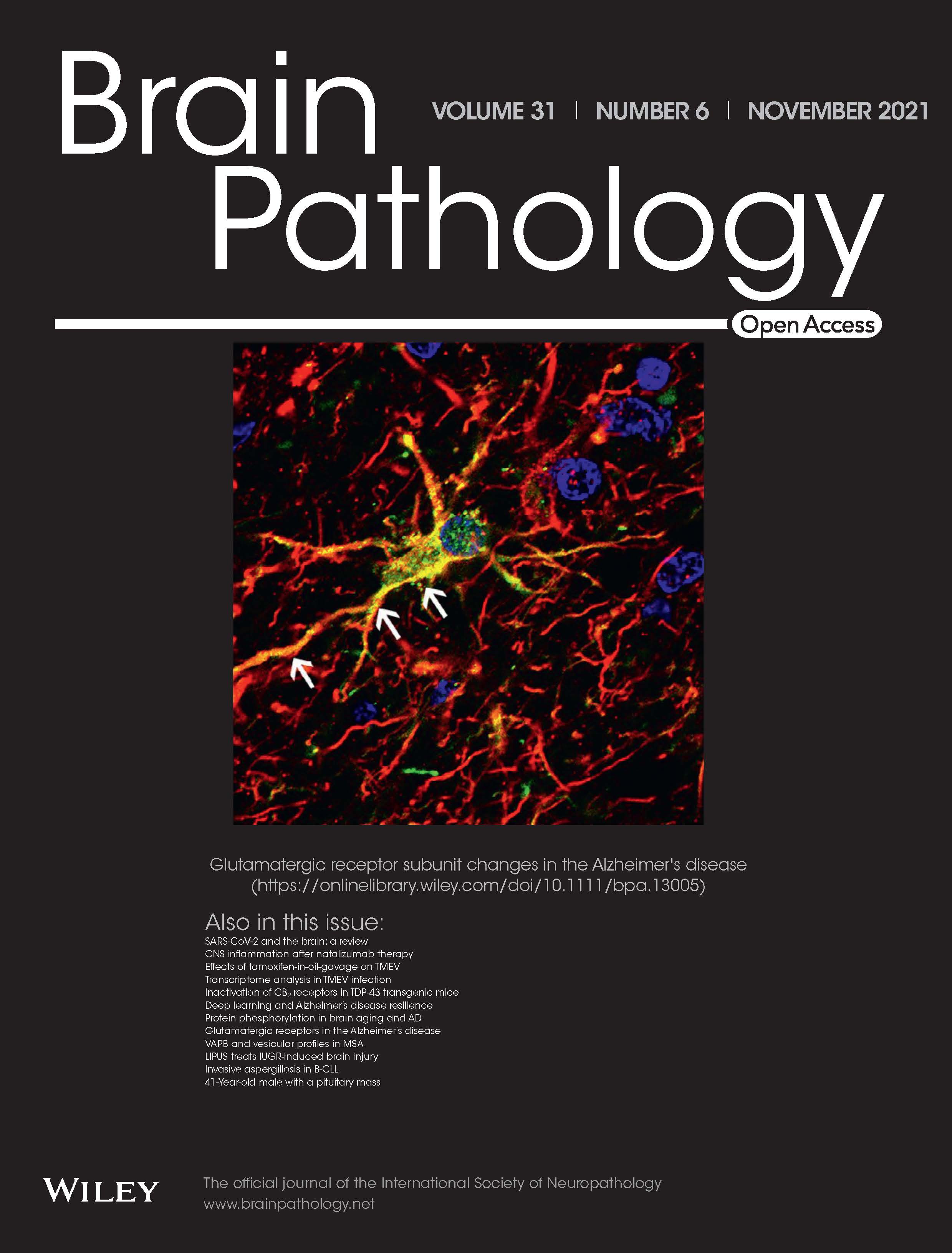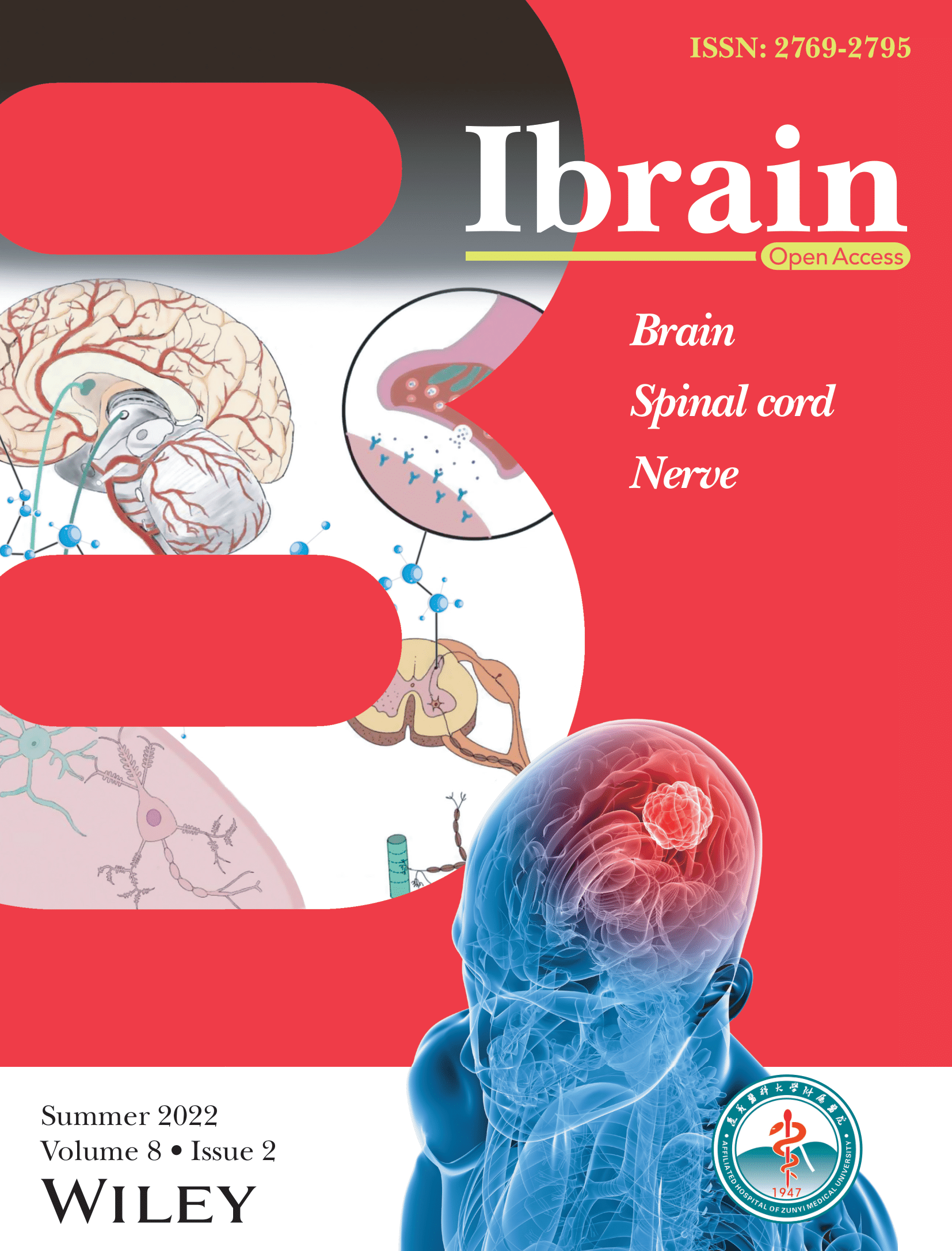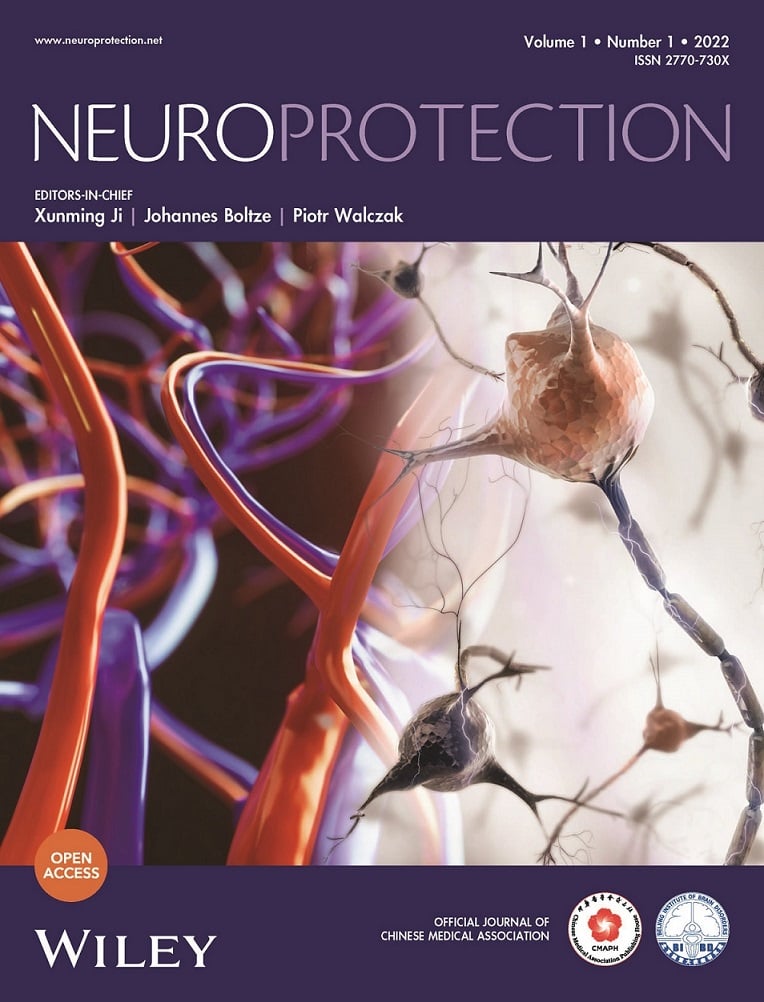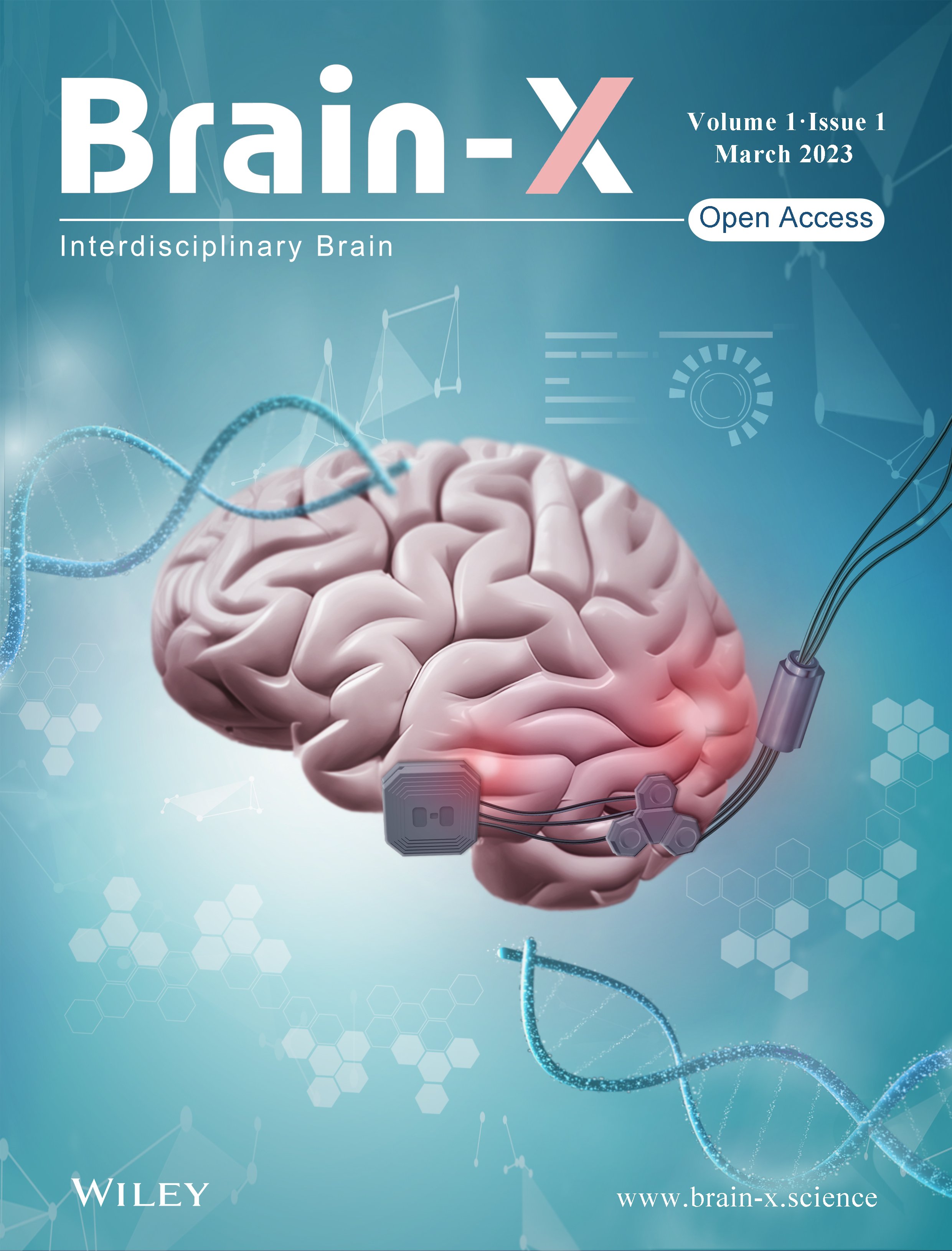Journal list menu
Export Citations
Download PDFs
ISSUE INFORMATION
REVIEW ARTICLES
The utilization of small non-mammals in traumatic brain injury research: A systematic review
- Pages: 381-402
- First Published: 04 February 2021
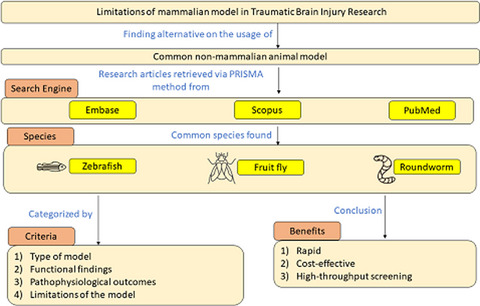
Traumatic brain injury (TBI) perpetuates lifelong and dynamic effects on health and well-being. Most of the animal models previously developed to study the TBI pathophysiology were focused mainly on mammalian animal model. Despite of all the contributions that they offered, these mammalian animal models have some drawback such as huge sample size needed and very costly which resulted in lengthy process of preclinical development phase with hindered reproducibility option. Hence, this systematic review gathered all the previous non-mammalian animal model used in TBI research from January 2010 to December 2019 via 3 search engines which were Embase, Scopus, and PubMed. PRISMA method was chosen to select the research article for the discussion. The result shown on 3 popular species comprised of Danio rerio (zebrafish), Drosophila melanogaster (fruit fly), and Caenorhabditis elegans (roundworm). Criteria that were discussed were mainly on type of animal model, the functional findings, pathophysiological outcomes, and the limitation of the respective models. In conclusion, this non-mammalian animal model provides more simplistic approach to bridge the knowledge gaps within TBI research and may shorten the preclinical process for the final findings on the outcome prevention and cure.
Taurine and oxidative stress in retinal health and disease
- Pages: 403-412
- First Published: 23 February 2021
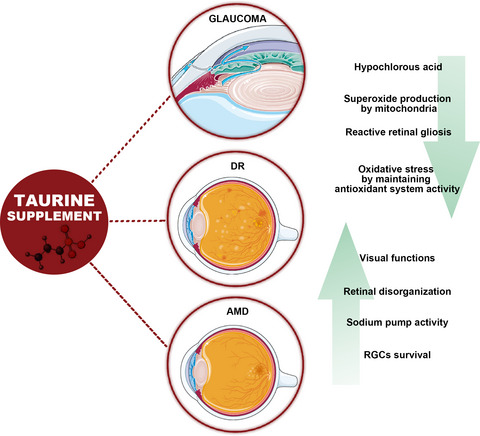
Increasing data indicate that taurine supplement may be effective in slowing down the progression of retinal diseases (including glaucoma, AMD, and DR), thus suggesting that taurine can be a promising candidate for the prevention or as adjuvant treatment of these diseases. The mechanism by which taurine supplementation acts is mainly related to the reduction of oxidative stress. Antiapoptotic effects are also involved; however, the protective mechanisms exerted by taurine against retinal damage remain to be further investigated.
ORIGINAL ARTICLES
Zinc provides neuroprotection by regulating NLRP3 inflammasome through autophagy and ubiquitination in a spinal contusion injury model
- Pages: 413-425
- First Published: 09 October 2020
Evaluation of diagnostic criteria and red flags of myelin oligodendrocyte glycoprotein encephalomyelitis in a clinical routine cohort
- Pages: 426-438
- First Published: 13 October 2020
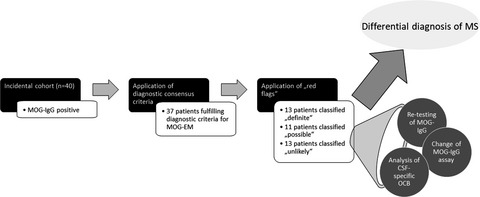
Differential diagnosis of MOG encephalomyelitis vs. MS is crucial. Application of consensus diagnostic criteria and proposed red flags is helpful in a clinical routine cohort, and MOG-IgG retesting (incl. change of assay) as well as evaluation of CSF-specific OCB may further help in the distinction of the two entities.
Effect of experimental orthodontic pain on gray and white matter functional connectivity
- Pages: 439-448
- First Published: 28 December 2020
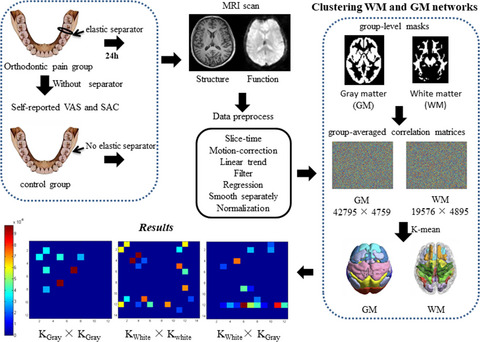
The orthodontic pain is an uncomfortable and dull orofacial pain caused by tooth movement during the orthodontic treatment. Nearly more than 90% of orthodontic patients suffer from orthodontic pain. However, little is known about the comprehensive effects of orthodontic pain on brain function in large-scale networks and the functional role of white matter (WM) in the neural mechanism of pain is still not clear. The present study is to investigate functional connectivity (FC) changes in gray matter (GM) and WM networks and interaction between them in subjects with orthodontic pain compared to healthy controls by using resting-state functional magnetic resonance imaging (fMRI). A K-means clustering algorithm was used to identify functional GM and WM networks, and differences in FC of GM and WM between the group of subjects with experimental orthodontic pain and controls were analyzed. In the present study, 44 subjects were recruited to the orthodontic pain group and 49 subjects to the control group. We found there were 3 loops connecting GM and WM with altered FC between groups due to the effects of orthodontic pain: i) default mode network (DMN)-posterior thalamic radiation-inferior parietal WM network-DMN; ii) dorsal attention network (DAN)-posterior thalamic radiation-middle frontal network-DAN; iii) salience network (SN)-posterior thalamic radiation-middle frontal and middle cingulum bundle network-SN. The findings, with which WM networks mediate orthodontic pain related sensations and experience, may guide the development of methods for pain relief in clinical orthodontic pain in the future.
Acyl-CoA synthetase long chain family member 4 plays detrimental role in early brain injury after subarachnoid hemorrhage in rats by inducing ferroptosis
- Pages: 449-463
- First Published: 12 December 2020
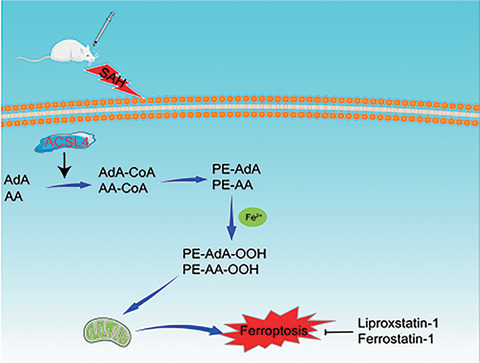
ACSL4 levels in brain tissue of rats increase significantly in EBI and brain damage after SAH could be reduced by down-regulation of ACSL4. ACSL4 could trigger ferroptosis and aggravate brain damage via catalyzing lipid metabolism. It may provide a theoretical basis for potential therapy to alleviate EBI after SAH
Nestorone®, a 19nor-progesterone derivative boosts remyelination in an animal model of demyelination
- Pages: 464-469
- First Published: 24 December 2020
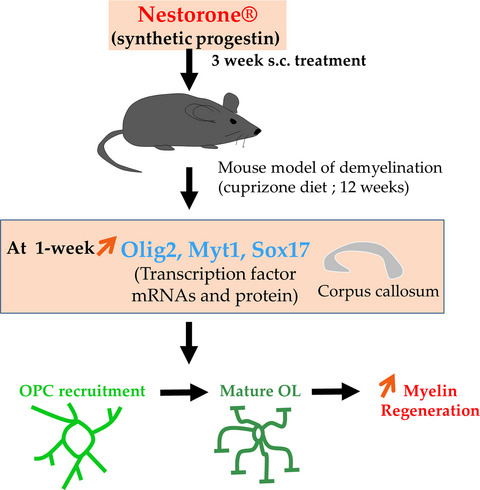
Schematic view of the first demonstration of the mechanism by which Nestorone® a synthetic progestin structurally related to progesterone stimulates remyelination of the corpus callosum in a mouse model of demyelination, by increasing the levels of transcription factors Olig2, Myt1, and Sox17 proteins, essential for myelin synthesis after one week of treatment.
Identification of an epigenetic prognostic signature for patients with lower-grade gliomas
- Pages: 470-483
- First Published: 18 January 2021
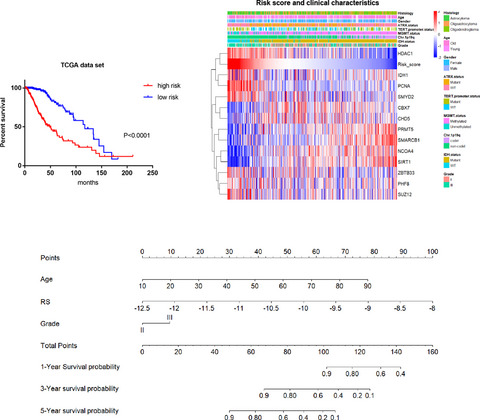
We identified an epigenetic enzyme gene signature in LGG (lower-grade glioma) patients that harbors high predictive value of patient's outcome. In addition, the analyses showed that high-risk signature is tightly associated with immune escape of LGG tumor cells. Our finding presents a new prediction model that provides a potentially better choice for clinical assessment of LGG patients.
A novel palmitic acid hydroxy stearic acid (5-PAHSA) plays a neuroprotective role by inhibiting phosphorylation of the m-TOR-ULK1 pathway and regulating autophagy
- Pages: 484-496
- First Published: 18 January 2021
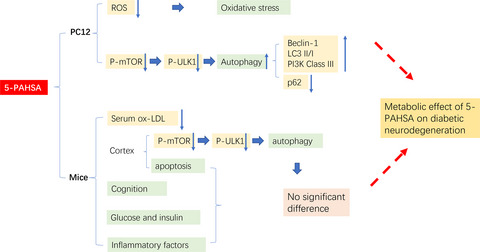
5-PAHSA could activate autophagy in PC12 cells under diabetic condition via inhibition of m-TOR-ULK-1 pathway, while this effect was not significant in diabetes animal models, and it has no significant impact on glucose metabolism in diabetes animals. More researches are needed to explore 5-PAHSA’s metabolic effect.
ERRATUM
RETRACTION
Retraction statement: MicroRNA-21 promotes glioma cell proliferation and inhibits senescence and apoptosis by targeting SPRY1 via the PTEN/PI3K/AKT signaling pathway
- Page: 499
- First Published: 25 January 2021




